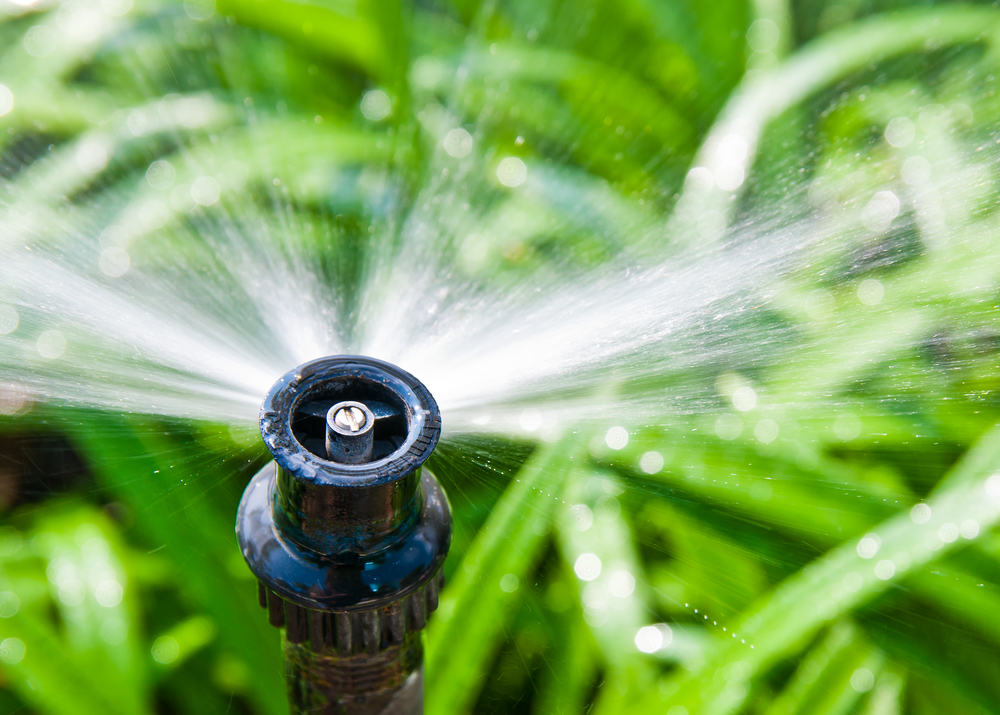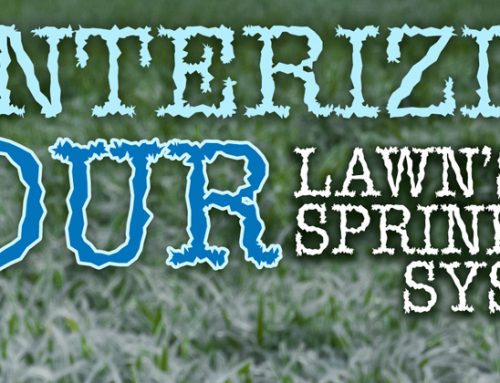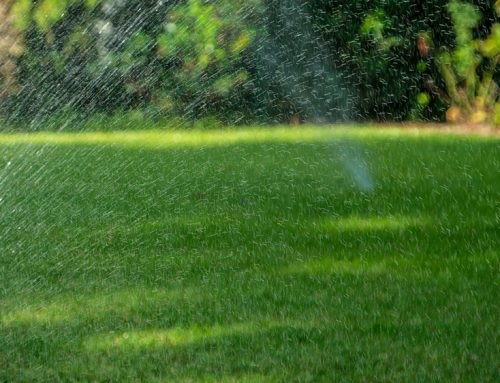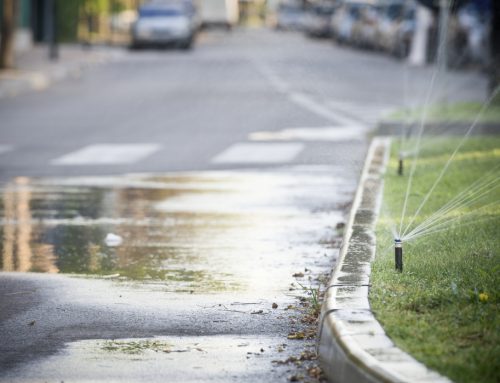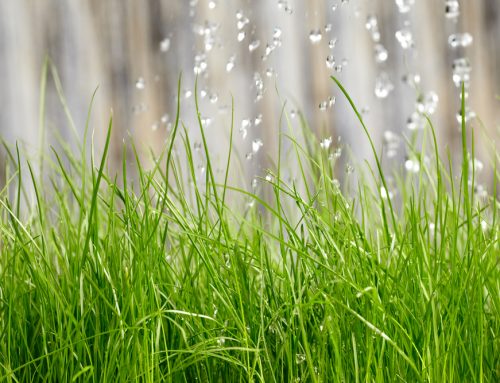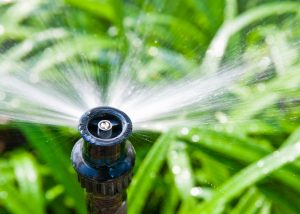 The truth is that most of us do overwater our lawns and landscape areas. This is usually not because we intend to, but more often because we haven’t bothered to reset or adjust irrigation controls since the system was installed, or because we simply don’t know how much water the grass or plants actually need to thrive. During the summer months, more than 50 percent of our drinking water is used on landscapes and yards, so if we waste water in the process becomes critically important.
The truth is that most of us do overwater our lawns and landscape areas. This is usually not because we intend to, but more often because we haven’t bothered to reset or adjust irrigation controls since the system was installed, or because we simply don’t know how much water the grass or plants actually need to thrive. During the summer months, more than 50 percent of our drinking water is used on landscapes and yards, so if we waste water in the process becomes critically important.
Managing your lawn and garden irrigation needs isn’t rocket science — mostly it involves using common sense. But you do have to understand and pay attention to some basic facts:
- Different plants have different water needs.
- Soils have different water-holding capacities.
- Sprinkler systems differ.
- Some plants have a protective layer of mulch, and
- As the temperature rises and the day lengthens, transpiration (water loss from the leaves) and evaporation from the soil increases. So June’s lawn watering schedule will differ from the schedule used later in the summer.
Unfortunately, far too many people think they have to water every day or every other day to have a lush lawn. It is this misconception that wastes water and actually weakens the lawn. Horticulturists say that watering the lawn deeply and infrequently is the key to forcing grass and plants to grow deep roots so they can access water for a longer period of time and thrive through the long, hot summer. Water close to the surface evaporates long before the deeper moisture. Air is forced out of soil that is continually saturated.
Since roots need air, overwatering tends to promote very shallow roots. Here are some dramatic statistics to consider:
- The American Water Works Association estimates that homes with in-ground automatic sprinkler systems use 35 percent more water than those without these systems.
- Households using automatic timers for irrigation systems use 47 percent more water than in-ground systems that are operated manually.
- It is best to use the timers only when you plan to be away from home. Experts point out that the timers aren’t very smart…they might be able to prevent sprinklers from operating when it is raining, but they may not remember if it rained yesterday…or predict if it is going to rain tomorrow! Fortunately, there are some great new ‘smart’ irrigation control devices on the market today…that are affordable and really do provide greater water efficiency.
As a general rule, proper watering means applying ONE inch of water per week. How long you run your sprinkler system depends on how much water the system applies.
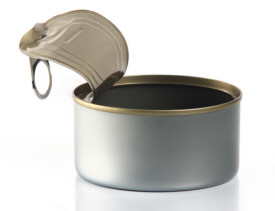 To figure out how long to run your system or sprinkler, try the Tuna Tin Test…place a series of empty, 1-inch deep tuna cans (at least 3) throughout the area the sprinkler system covers. Turn on the water for the amount of time you think is correct. Each can should have roughly the same amount of water — about 1 inch. If the cans contain less than 1 inch of water, you need to water a little longer. If the cans have an uneven amount of water, the distribution of water needs adjustment. A soil probe (available at most hardware and garden shops) can also determine how deep the water is penetrating into the soil.
To figure out how long to run your system or sprinkler, try the Tuna Tin Test…place a series of empty, 1-inch deep tuna cans (at least 3) throughout the area the sprinkler system covers. Turn on the water for the amount of time you think is correct. Each can should have roughly the same amount of water — about 1 inch. If the cans contain less than 1 inch of water, you need to water a little longer. If the cans have an uneven amount of water, the distribution of water needs adjustment. A soil probe (available at most hardware and garden shops) can also determine how deep the water is penetrating into the soil.
If you have spoiled your lawn and landscape areas with frequent ‘soakings’, you may need to wean the area gradually to allow the shallow roots to grow.
Here are a few other important tips to consider to get you started saving water — and money — this summer:
- At the top of this list…If you have an automatic system, set timers to complete the cycle before 4:00 a.m. This timing will avoid the peak demand for other household uses — like showers, kitchen chores and the use of laundry appliances.
- Watering in the heat of day can waste up to 65 percent of the water through evaporation.
- Mow only when necessary. Set the mower to the highest setting during warm weather. Longer grass keeps the soil cool, minimizing evaporation and conserving water.
- Leave clippings on the lawn. They supply organic matter and supply one third of your fertilizer needs.
- Add ¼ to ½ inch compost to lawn in fall or spring. It will decrease water needs and supply nutrients to the lawn.
- Most importantly, WATER ONLY WHEN YOUR LAWN NEEDS IT.

